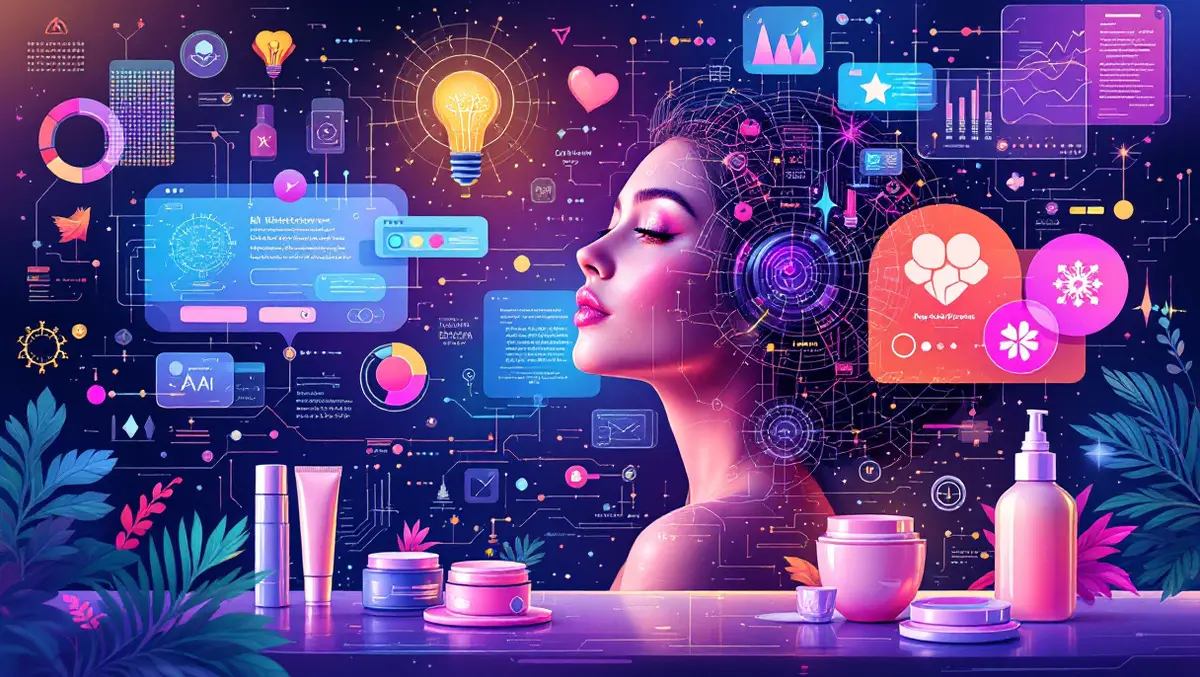
L'Oréal adopts AI from Google Cloud to enhance marketing
L'Oréal Groupe is integrating generative AI technologies into its marketing operations, utilising advanced models from Google Cloud to streamline creative processes and enhance efficiency.
The company has adopted Google's Imagen 3 and Gemini multimodal models within its CREAITECH GenAI Beauty Content Lab to transform how its marketing teams work. These AI capabilities are designed to enhance L'Oréal's creative ideation and streamline the production of marketing materials.
Employees can generate high-quality visuals that align with brand identities using simple prompts, which significantly accelerates content creation. Additionally, Google's Veo 2 video model is being used to create engaging animated sequences from static images, further enhancing L'Oréal's storytelling capabilities.
Antoine Castex, Group Data and AI Enterprise Architect at L'Oréal Groupe, commented on the impact of the new platform. "We provide some pre-trained elements — right now images, but tomorrow it will also include video and audio — based on the brands that we are working on," Castex said. "You can really take any asset we have prepared and generate around the product."
A practical application cited by Castex involves adapting a product shot for different markets, such as showcasing a L'Oréal Paris shampoo campaign in a Japanese garden or a Parisian street scene, thus ensuring the imagery resonates locally while maintaining brand consistency.
Thomas Alves Machado, Gen AI Global Content Director at L'Oréal Groupe, emphasised the efficiency gains achieved. "Using AI technology is a very big accelerator for marketing teams," Machado remarked. "Now, it's easier to bring to life ideas and generate new concepts, create storyboards, or test product pack shots in different universes — all of this in order to express a clearer vision to internal teams or partners and, therefore, save time and back and forth."
The integration of generative AI is attributed to faster turnarounds, reducing concept creation time from weeks to mere days, and fostering cost efficiencies. It assists in generating numerous assets, crucial for L'Oréal's vast product range, which often undergoes updates.
An example of efficiency discussed includes using the AI tools to develop new packaging designs with reduced reliance on traditional processes like 3D printing, allowing for rapid visualisation of concepts.
L'Oréal Groupe is committed to ethical AI practices, aligning technology use with its corporate values. This involves strictly defined standards and avoiding AI-generated human likenesses in marketing to ensure genuine representation according to its Responsible Framework for Trustworthy AI.
Machado highlighted the challenges and solutions surrounding the cultural adoption of AI within the organisation. "People are afraid of generating content that is out of control, not well evaluated, or copyrighted," Machado explained. "Our job is to show we have assessed, we have tested, we have control, and we're secured. You can play safely and there is no risk."
As L'Oréal Groupe advances its digital capabilities, it continues to selectively collaborate with partners like Google Cloud for effective AI model testing and implementation. Castex noted, "Initially, we wanted to do almost everything on our own, but quickly discovered that an AI-based company like Google Cloud could provide many different tools and capabilities that let us know if a model is acceptable or not — and do it better, cheaper, and faster than we could."
The company's strategic emphasis on technology is designed to push beauty boundaries while preserving the human elements of creativity and self-expression. "The power of L'Oreal is its creativity and innovation, and this stays in our DNA even with the arrival of technology," reflected Castex.


